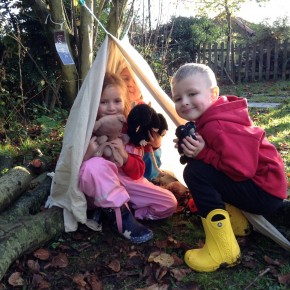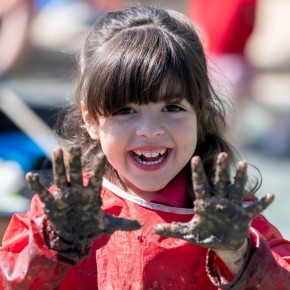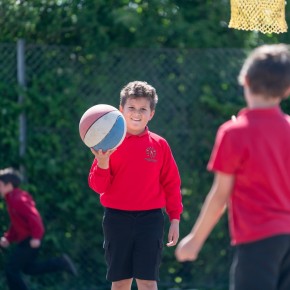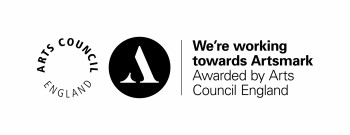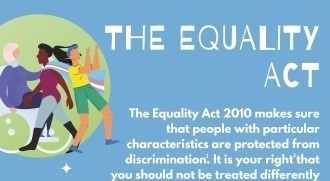Behaviour

It is a primary aim of Antingham & Southrepps Primary School and Nursery that every member of the school community feels valued and respected, and that each person is treated fairly and well.
We are a caring community, whose values are built on mutual trust and respect for all. The school’s behaviour policy is therefore designed to support the way in which all members of the school can work together in a supportive way. It aims to promote an environment in which everyone feels happy, safe and secure.
Our aims are:
- To support the educational and other aims of the school.
- To contribute to the ethos of the school
- To prevent and tackle bullying
- To ensure that our schools have an anti-bulling culture whereby no bulling, including bullying between adults and children, will be tolerated
- To ensure that the conduct of all members of the school community is consistent with the values of the school.
- To ensure all children have the maximum motivation and opportunity to learn positive social behaviour.
- To provide a calm, safe and happy environment for all children
The school has a number of rules, but our behaviour policy is not primarily concerned with rule enforcement. It is a means of promoting good relationships, so that people can work together with the common purpose of helping everyone to learn. This policy supports the school community in aiming to allow everyone to work together in an effective and considerate way.
The school expects every member of the school community to behave in a considerate and respectful way towards others. We treat all children fairly and apply this behaviour policy in a consistent way. This policy aims to help children grow in a safe and secure environment, and to become positive, responsible and increasingly independent members of the school community.
The school recognises and promotes good behaviour, as it believes that this will develop an ethos of kindness and cooperation. This policy is designed to encourage good behaviour, rather than merely deter anti-social behaviour.
Behaviour Policy 2023-2024

